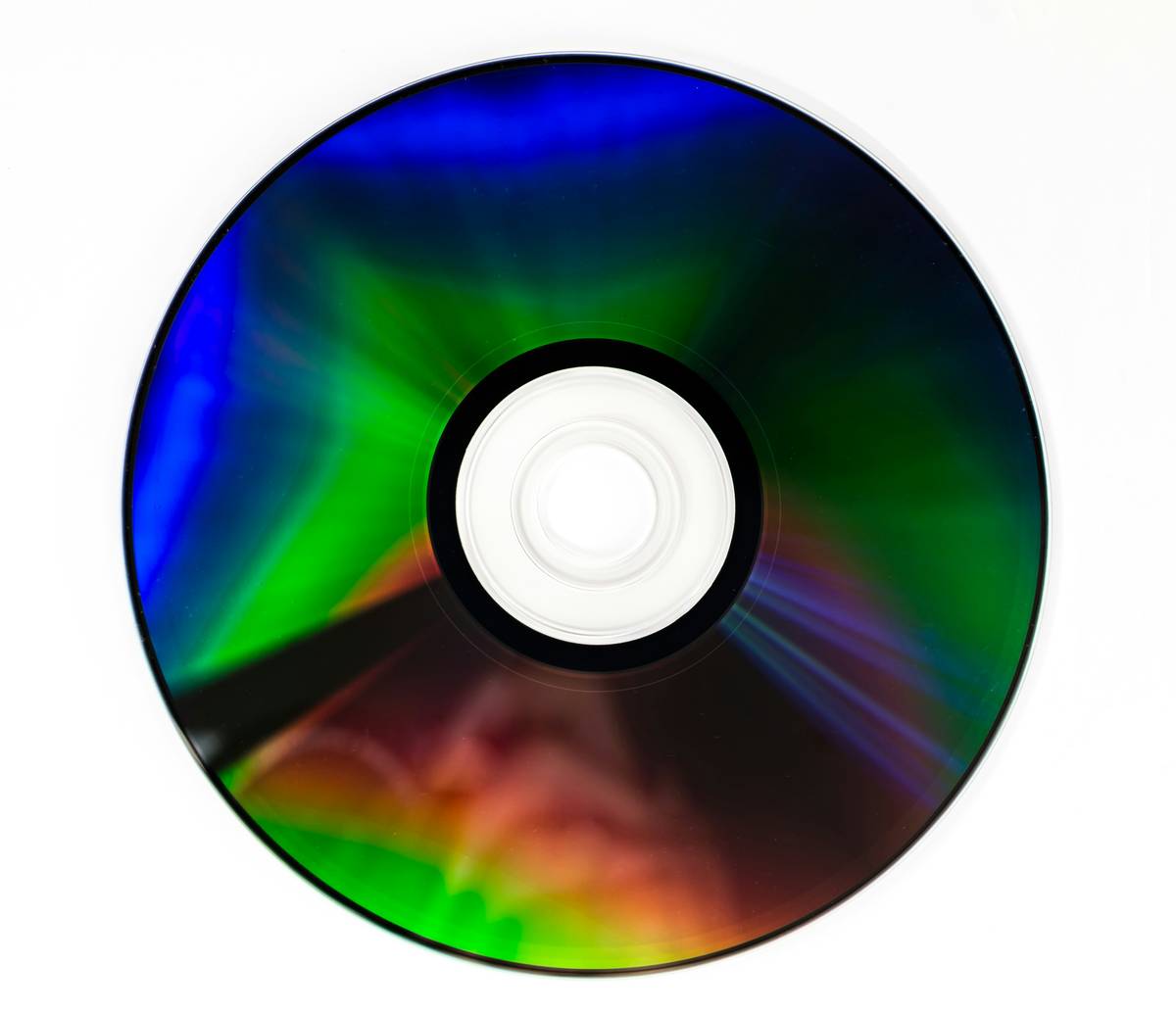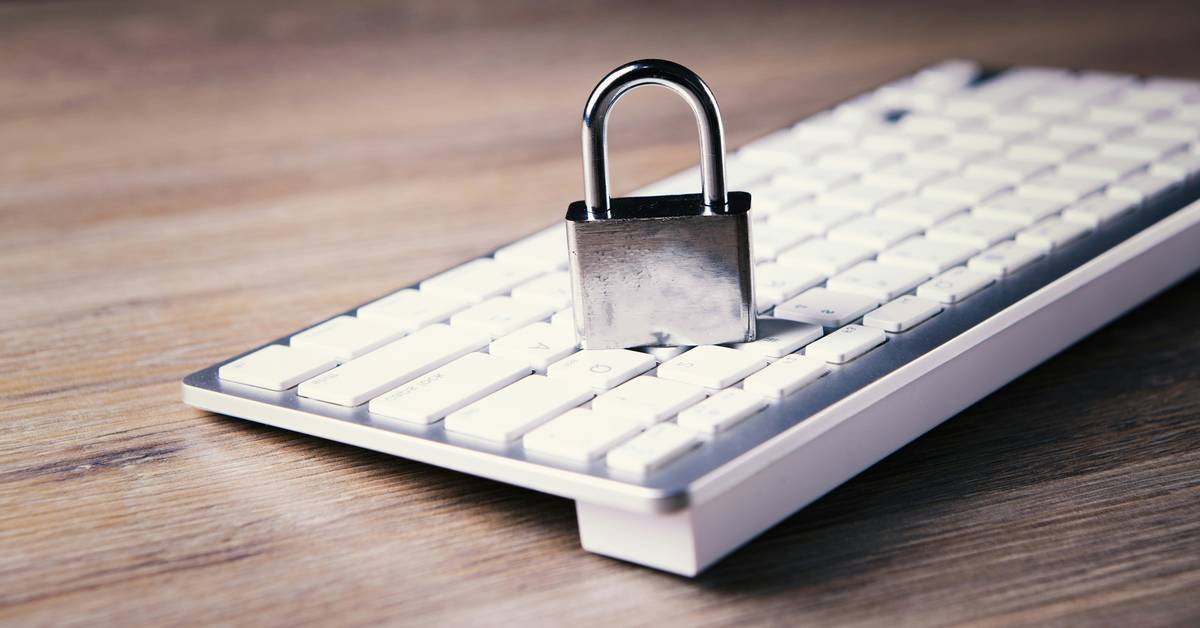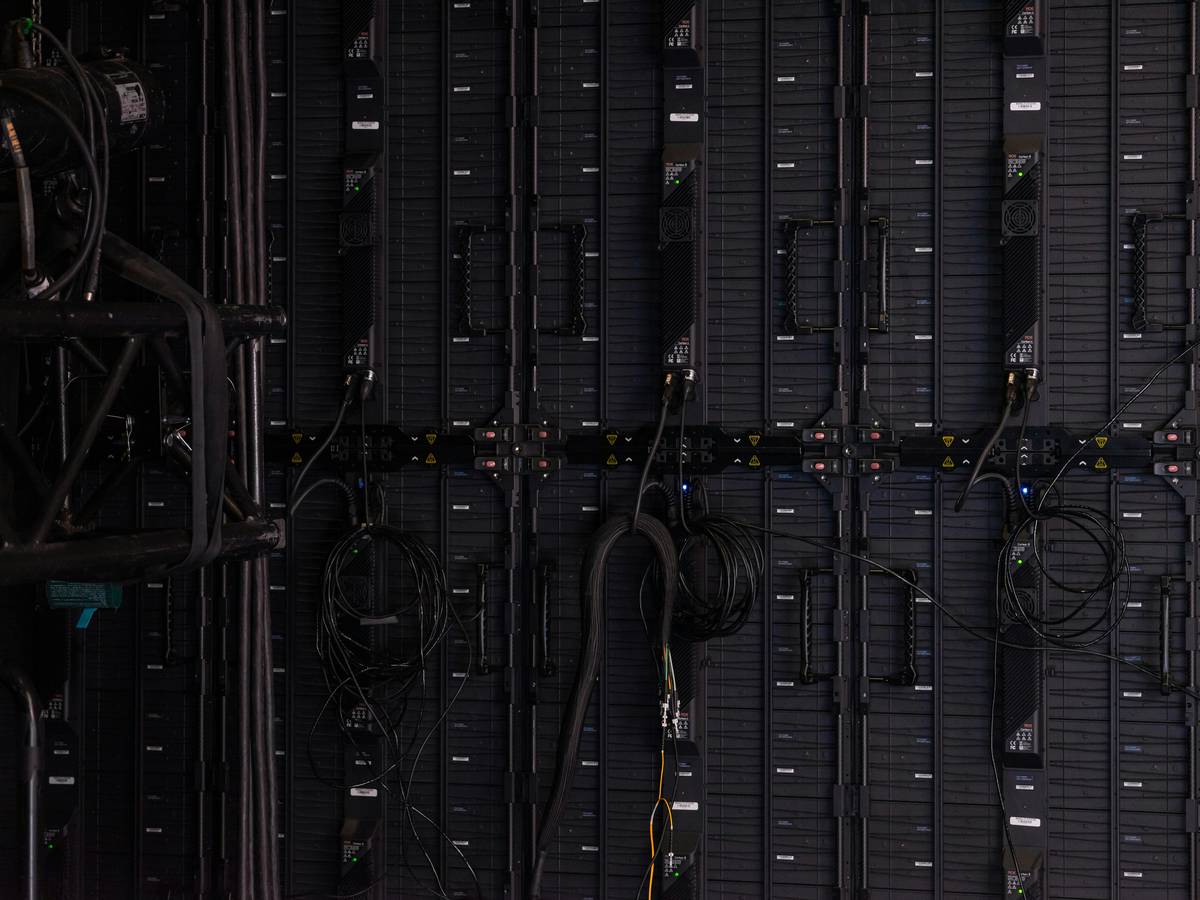Ever lost access to critical files because your backup drive failed? Yeah, we’ve all been there. It’s like watching years of hard work dissolve into a swirling vortex of digital despair. But what if I told you that cold storage for backups could save your data—and sanity—from this nightmare?
In this guide, we’ll explore how cold storage works, why it’s the secret sauce for secure data archiving, and how you can implement it without breaking a sweat (or the bank). You’ll learn:
- Why your current backup system might be flawed.
- Step-by-step instructions on setting up cold storage.
- Bonus tips for maximizing security and efficiency.
Table of Contents
- Key Takeaways
- The Problem with Traditional Backups
- How to Set Up Cold Storage for Backups
- Best Practices for Using Cold Storage
- Real-World Examples
- FAQs
- Conclusion
Key Takeaways
- Cold storage is an offline method of storing data that protects against cyber threats and hardware failure.
- It’s perfect for long-term archiving but requires careful setup.
- You can avoid disaster by combining hot, warm, and cold storage strategies.
What’s Wrong With Your Current Backup Strategy?
“Optimist You:” “I back up my data regularly—my files are safe!”
“Grumpy Me:” “Yeah, until ransomware encrypts both your live server *and* cloud copies.”
Here’s the raw truth: traditional backups often live online or in environments connected to networks. That makes them vulnerable to hacking, malware, and even accidental deletion. A few months ago, I made the rookie mistake of relying solely on an external HDD plugged into my laptop. Guess what happened when a power surge fried the device? RIP family photos from 2018.

Solution? Enter cold storage for backups. These systems store data completely offline—no internet connection means no hackers. Think of it as locking your valuables in Fort Knox instead of leaving them in a cardboard box outside your door.
How to Set Up Cold Storage for Backups: A Step-by-Step Guide
Step 1: Choose the Right Medium
First, decide where to store your data. Common options include:
- External Hard Drives (HDD): Affordable and widely available.
- Tape Drives: Enterprise-grade durability; ideal for massive datasets.
- USB Flash Drives: Portable but better suited for smaller backups.
Step 2: Encrypt Your Data
Before transferring anything, encrypt your data to prevent unauthorized access. Tools like VeraCrypt make encryption painless. Seriously, would you leave sensitive info lying around without at least putting a padlock on it?

Step 3: Create a Routine
Automate or schedule regular updates to your cold storage archive. For instance, every quarter, disconnect your external HDD, copy new files, then stash it somewhere safe. Consistency is king here.
Step 4: Store Offsite
Keep physical media in a fireproof, waterproof safe—or better yet, rent a safety deposit box. Trust me, nothing screams “epic fail” louder than losing your backup during a house fire.
Best Practices for Using Cold Storage
- Test Restores Regularly: Don’t assume your backup will always work. Check periodically to ensure your data is intact.
- Avoid Cheap Hardware: Investing in reliable drives saves heartache later.
- Combine Strategies: Use cold storage alongside cloud-based solutions for the ultimate hybrid approach.
Terrible Tip Alert: Skipping encryption? Yeah, don’t do that unless you enjoy handing over trade secrets to cybercriminals.
Rant Time: Stop Ignoring Metadata!
I cannot stress this enough—someone please explain to me why people ignore organizing their archives properly?! If I had a nickel for every time I saw disorganized file names like “FINAL_v5_NOREALLY_FINAL.docx,” I’d retire to a private island.
Real-World Success Stories
Take NASA, for example. Their Apollo mission tapes were stored offline for decades before restoration efforts began in the early 2000s. Thanks to meticulous cold storage practices, those invaluable recordings survived intact.

FAQs About Cold Storage for Backups
Is cold storage expensive?
Not necessarily! External HDDs start under $50, while tape drives require higher upfront costs but offer longevity.
Can I use cold storage for personal files?
Absolutely—it’s great for preserving photos, documents, and other irreplaceable files.
How often should I update my cold storage?
Quarterly updates strike a balance between effort and effectiveness.
Conclusion
So, let’s recap: Cold storage for backups offers unparalleled protection for your most precious data. By following these steps and best practices, you’re not just preparing for worst-case scenarios—you’re future-proofing your digital life.
One last thing—don’t forget to label your drives clearly. No one wants to dig through mystery USB sticks wondering which one holds grandma’s birthday party video. Like a well-oiled Tamagotchi, your data deserves daily care.


